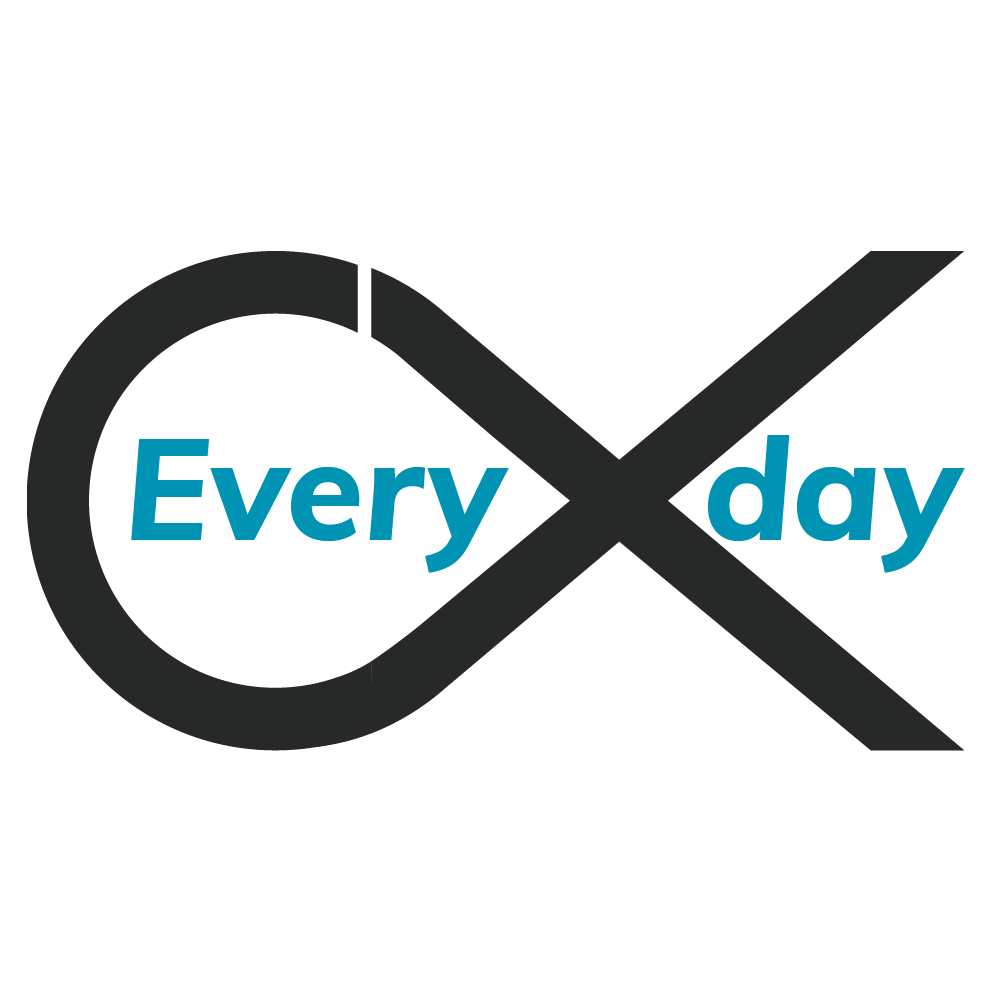3 CX Roles You Need to Understand to Deliver Targeted Value and Achieve Business Goals
The Challenge: Defining Roles in CX Teams
Maximizing customer experience (CX) strategies has never been more important. However, across industries, businesses often grapple with the murky waters of role definition, especially when it comes to positions like Account Managers (AMs), Customer Success Managers (CSMs), and Business Relationship Managers (BRMs). This ambiguity can lead to overlapping duties and unclear accountability, hampering a company’s efficiency and its ability to deliver genuine value to customers. When roles aren't clearly delineated, focus and effectiveness take a hit, leaving employees frustrated with the burden of doing “everything.”
One Size Doesn’t Fit All
Expecting one person to juggle the responsibilities of AM, CSM, and BRM roles is a recipe for burnout and underperformance. Such a setup limits the depth of expertise and attention each role requires, impacting client relationships and overall satisfaction. Companies and startups aiming to refine their CX roles should align their business objectives with the distinct focus areas each role offers.
Crafting Customer Experience Through Defined Roles
To deliver an optimal customer experience, businesses should clearly outline the roles of AMs, CSMs, and BRMs:
Account Managers (AMs): Focus on client retention and growth, ensuring ongoing satisfaction while identifying new business opportunities.
Customer Success Managers (CSMs): Dedicate themselves to operational success, providing proactive support to help clients achieve their desired outcomes, fostering loyalty and engagement.
Business Relationship Managers (BRMs): Strategize high-level relationships, aligning client needs with business goals for sustained growth and partnerships.
The Power of Specialized Roles
While a single role covering all bases might meet immediate needs, introducing specialized roles as a company grows is key to a robust CX strategy. Each role brings a unique contribution to the table, enhancing client satisfaction and business outcomes.
Guiding Role Selection with a Venn Diagram
A Venn diagram illustrating the overlaps and distinctions among AMs, CSMs, and BRMs can be a powerful tool for clarifying responsibilities and shared objectives. It helps in:
Assessing Specific Needs: Determine which CX roles are crucial based on current business and customer demands, whether that's retention, proactive support, or strategic focus.
Creating Hybrid Roles: Develop roles combining elements from multiple areas to cover essential functions efficiently, particularly when hiring separate individuals isn’t feasible.
Hybrid Role Examples:
AM/CSM: Ideal for startups needing to ensure high client satisfaction and retention while supporting initial product adoption.
CSM/BRM: Perfect for niche markets where long-term success and strategic relationships require both operational support and strategic engagement.
AM/BRM: Balances day-to-day client interactions with overarching business goals, driving both immediate revenue and long-term partnerships.
Industry-Specific Insights
Every industry has unique challenges and customer needs. In tech, CSMs are vital for ongoing support and product adoption, while the financial sector may prioritize BRMs for strategic partnerships and long-term relationships. While industry-specific role definitions provide a solid foundation, they should be viewed flexibly, taking into account factors like company size, market dynamics, and business model.
Driving Towards Value: The Central Goal
At the heart of effective CX management is the delivery of exceptional value. Each role—AM, CSM, BRM—though distinct, is aligned with this central goal. Value goes beyond meeting service expectations; it involves enriching the client's business through strategic insights, operational support, and expanded opportunities.
To gauge whether a role is achieving its value objectives, businesses should employ clear metrics, regular reviews, customer feedback, cross-functional collaboration, continuous improvement, and outcome-based evaluations. By focusing on these areas, companies ensure each role contributes effectively to the overarching goal of delivering exceptional value.
Conclusion
Starting with a multifaceted role might be necessary for some, but the aim should always be to evolve towards a specialized team that maximizes the client experience. Strategic hiring, aligned with customer needs and business objectives, ensures the CX strategy adapts and thrives, delivering unparalleled value at every touchpoint. The Venn diagram is not only a tool for visualizing roles but also for strategically integrating them for maximum impact.
Robert Hall is a seasoned Chief Customer Officer and Founder of EverydayCX, where he leverages over two decades of experience in customer success and operations within the SaaS and healthcare technology sectors to drive transformative business solutions. A Bronze Star-decorated combat veteran with a Master’s in International Marketing Management, Robert combines strategic acumen with a dynamic approach to customer engagement. His insights into customer experience strategy are rooted in real-world applications designed to foster sustainable growth and operational excellence. Follow Robert for innovative ideas on elevating customer experiences and driving business success.

